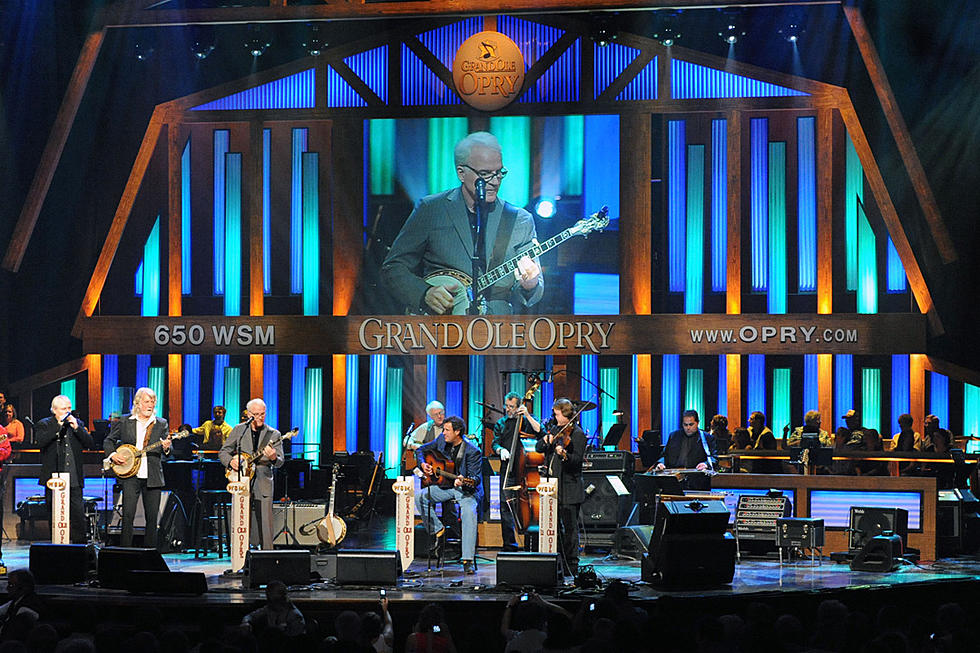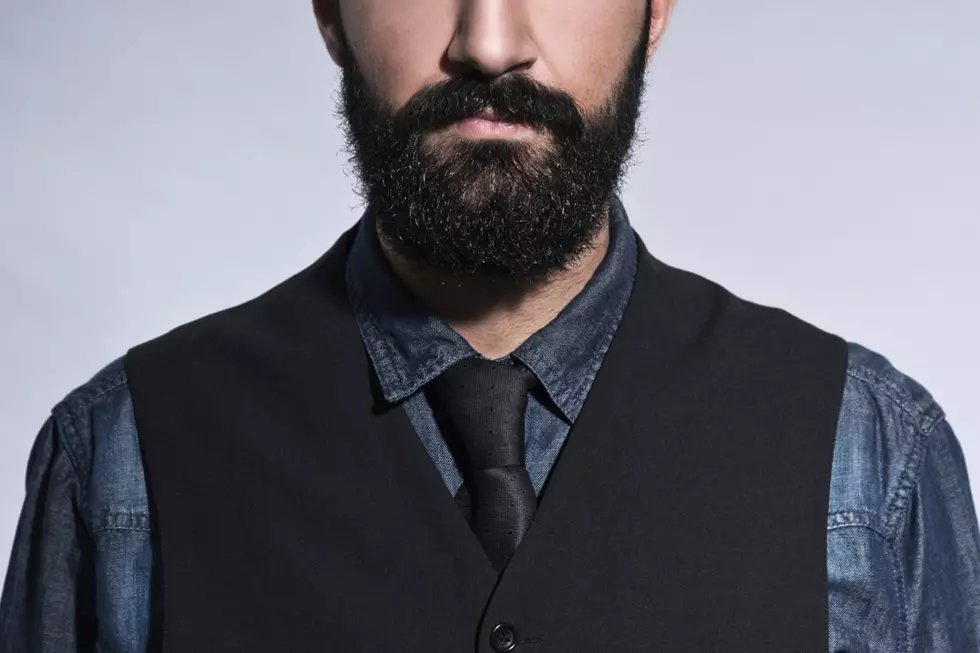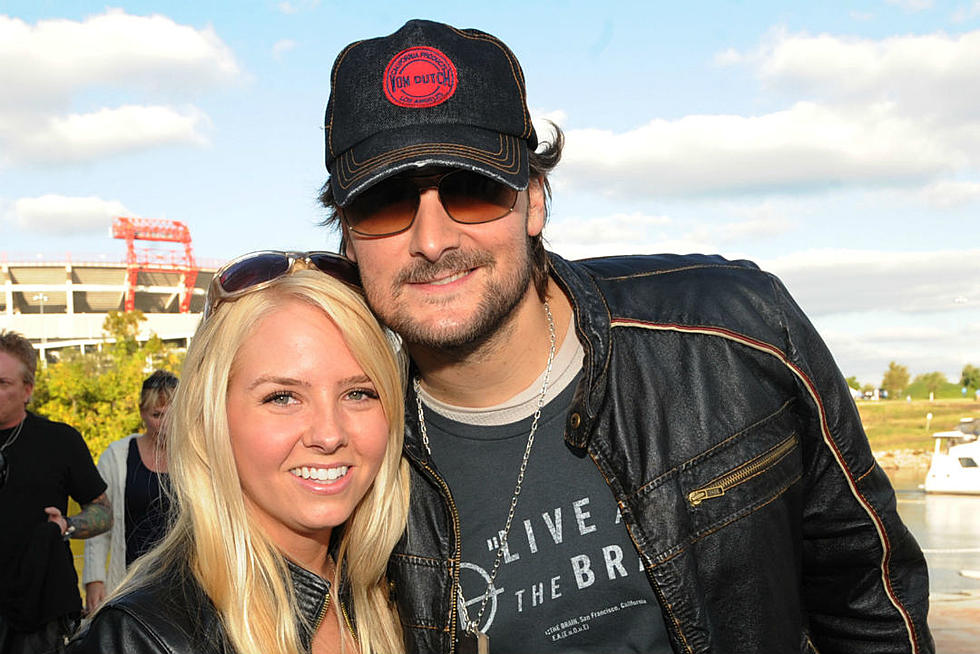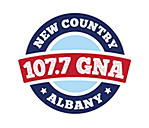
How Do Artists Become Grand Ole Opry Members? Everything You Need to Know
Every time the Grand Ole Opry inducts a new member, it sets off a firestorm of online debate about what are the qualifications and restrictions to becoming a member of one of country music's most venerable institutions. Read on to find out the rules and guidelines for becoming a member of the Grand Ole Opry.
The storied history of the Grand Ole Opry traces back nearly a century. Originally titled WSM Barn Dance, the radio program debuted live via Nashville's WSM radio station on Nov. 28, 1925. It has aired in one variation or another for 93 years, making it the longest-running radio show in U.S. history.
Iconic fiddle player Uncle Jimmy Thompson was the first-ever performer on the show, and he also became the first-ever member of the Grand Ole Opry. Since then, the organization has inducted more than 200 of country music's most influential artists, and more than 65 artists currently lay claim to membership in what has become one of country music's most esteemed circles. Kelsea Ballerini became the 67th living member of that unbroken circle when Carrie Underwood inducted her into the Grand Ole Opry on Tuesday night (April 16) in Nashville.
So, what are the actual qualifications for consideration for induction into the Grand Ole Opry? It turns out they're surprisingly fluid. Read on to discover what makes any given artist eligible for membership in the Grand Ole Opry.
How does an artist cecome a Grand Ole Opry member?
The short story is, an artist has to have some demonstrable real-life influence on the genre of country music, but that artist also has to have a track record of support for the institution of the Opry.
The Opry's management team makes all the final decisions about inductions and membership, and while they consider factors including radio success, sales numbers and touring success, they also consider less concrete data in an attempt to balance musical and generational factors.
Oftentimes, an existing Opry member will nominate another artist for induction. The Opry strongly considers the commitment and consistency of a given artist to the Opry as a key factor to induction. Country music is a handshake business, and Grand Ole Opry membership ultimately comes down to relationships with fellow artists, country music fans and the Opry itself.
According to the Grand Ole Opry's official website, "Opry membership requires a passion for country music's fans [and] a connection to the music’s history. It requires commitment — even a willingness to make significant sacrifices to uphold that commitment."
That's somewhat of a sugarcoated way of saying that Opry membership may cost you time that translates into costing you money; the Opry expects members to perform on the stage a set number of times in a given time frame, but those performances generally pay significantly less than the more lucrative tour dates that artist may have to strike from their schedule in order to accommodate those Opry performances.
What are the perks and responsibilities of being a Grand Ole Opry member?
The perks of Opry membership include an artist being able to perform on or host any show they want to, and full access to the artists' parking lot and backstage during any and all shows at the Opry. There are also a number of private special functions open to Opry members.
Members of the Grand Ole Opry are expected to adhere to the rules, and they are obliged to appear on the program regularly to maintain their membership. Opry membership is for life, but it can be revoked at the discretion of Opry management if an artist is determined to be in violation of the standards and rules set forth.
Which artists are, or have been members of the Grand Ole Opry?
The past members of the Grand Ole Opry include some of the most iconic legends in country music history, and the current cast includes some of contemporary country music's biggest stars.
Roy Acuff, Minnie Pearl and Ernest Tubb were among the artists who were inducted into the Grand Ole Opry during its first three decades, while the 1950s brought new blood in the form of George Jones, Johnny Cash, Kitty Wells, the Everly Brothers and others.
Female artists played an expanded role in Opry inductees in the '60s and '70s, including Patsy Cline, Tammy Wynette and Barbara Mandrell. The 1980s welcomed an influx of newer talent that included Reba McEntire, Patty Loveless and Opry staple Ricky Skaggs.
Emmylou Harris, Alan Jackson, Trisha Yearwood, Garth Brooks, Martina McBride, Vince Gill and Alison Krauss all became members of the Grand Ole Opry in the 1990s, while Trace Adkins, Charlie Daniels, Montgomery Gentry, Dierks Bentley, Brad Paisley and Carrie Underwood all followed in the early 2000s.
Blake Shelton, Little Big Town, Rascal Flatts, Keith Urban and more are also among the all-star members of the Grand Ole Opry.
See Pictures of the Grand Ole Opry Through the Years
More From 107.7 WGNA



![Kelsea Ballerini Gets Inducted Into Grand Ole Opry by Carrie Underwood [Watch]](http://townsquare.media/site/204/files/2019/04/kelsea-ballerini-carrie-underwood-grand-ole-opry.png?w=980&q=75)
![Brantley Gilbert Teams Up With Brian May of Queen and Other Iconic Rockers For ‘Blue on Black’ [Watch]](http://townsquare.media/site/204/files/2019/04/brantley-gilbert-queen-five-finger-death-punch.png?w=980&q=75)


![Brett Young Takes a Swing, Reveals Wife Taylor Is Having a Baby Girl [Watch]](http://townsquare.media/site/204/files/2019/04/Brett-Young-Baby-Girl-Gender-Reveal.jpg?w=980&q=75)


